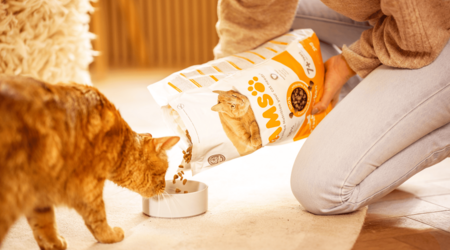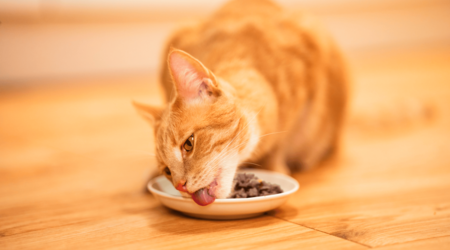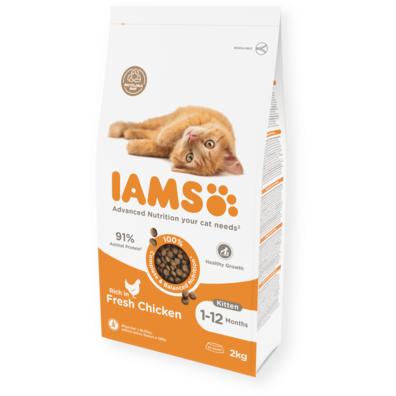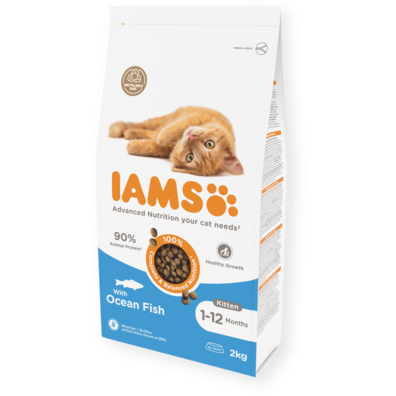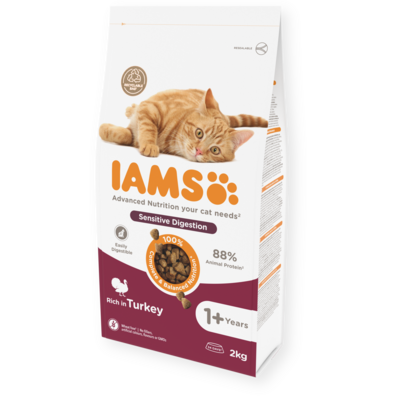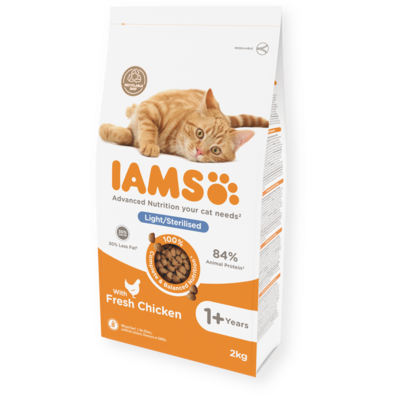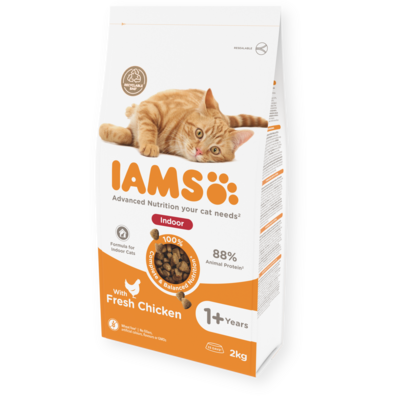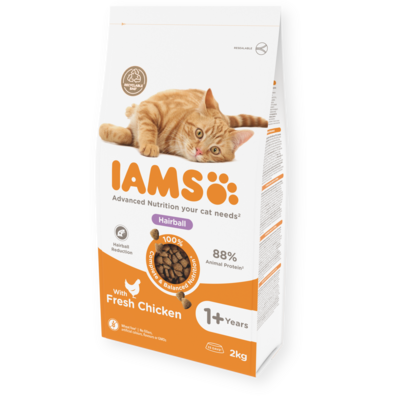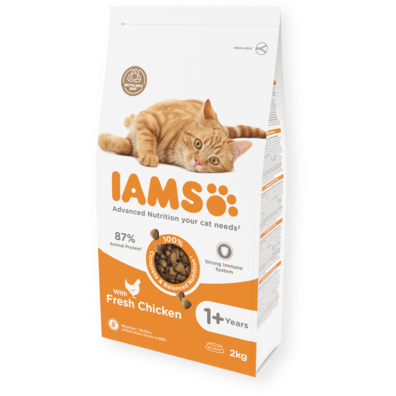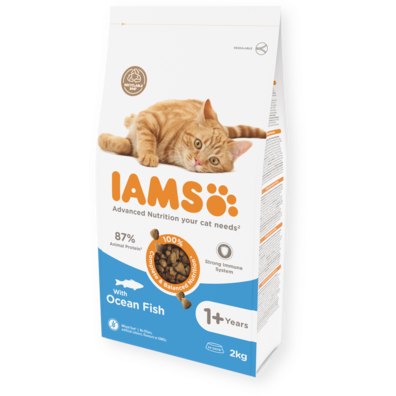Senior Cat Guide: Feeding your senior cat
Nutrition plays a crucial role in maintaining your cat’s health, especially as they age. Over time, their digestion and nutrient absorption may slow down, while immune and kidney function can decline. The extent of these changes varies from cat to cat, but many felines over 7 years old can benefit from switching to senior cat food.
-
When is a cat considered a senior? Most cats benefit from senior food from around 7 years of age.
-
Does senior cat food really make a difference? Yes – it supports digestion, weight management, joints and immunity in ageing cats.
-
What is the healthiest food for a senior cat? High-quality protein, omega fatty acids, fibre and essential vitamins are key.
-
Is wet or dry food better for senior cats? Both can be suitable: wet food helps with hydration, dry food supports dental health.
-
How do I switch to senior cat food? Always transition gradually over a few days to avoid digestive upset.

Why senior cats need a different diet
Aging affects metabolism, digestion and organ function. A well-balanced senior cat food should support:
- Protein: Maintaining muscle mass while being easy to digest
- Calories: Adjusted for activity level to prevent obesity or weight loss
- Fibre: Supporting digestive health and preventing constipation
- Vitamins and Minerals: Strengthening the immune system and promoting joint health
When should you switch to senior cat food?
Most veterinarians recommend making the change around the age of seven. Signs that your cat may need a new diet include reduced energy levels, noticeable weight changes and a dull coat. Switching to senior cat food can help support their changing nutritional needs and overall health.
What is the best food for a senior cat?
The best food for a senior cat depends on their individual needs. Dry senior cat food helps support dental health and is convenient for free feeding. Wet senior cat food provides hydration and is easier to eat. Senior cat food in jelly offers a soft and tasty option for picky eaters.
The healthiest senior cat food should include high-quality protein (such as chicken, fish or turkey), omega fatty acids for joint and coat health, and essential nutrients like antioxidants and taurine for heart and eye health.
Does senior cat food really make a difference?
Yes, senior cat food can make a real difference in your aging cat’s health. It is specially formulated to meet their changing nutritional needs, supporting better digestion, a shinier coat, improved energy levels. Choosing the right senior cat food tailored to your cat’s specific needs can help them stay healthy and comfortable in their golden years.
Transitioning to senior cat food: Tips for a smooth change
Transitioning to senior cat food should be done gradually to avoid digestive issues. Over 4 days, slowly mix the new senior cat food with your cat’s current diet, increasing the amount each day.
Keep an eye on their reaction, watching for any signs of digestive discomfort or food preferences. If your cat has special dietary needs or struggles with the transition, consult your veterinarian for personalised advice.
Frequently asked questions – Feeding your senior cat
The healthiest senior cat food is one that provides high-quality protein, balanced calories and essential nutrients to support ageing cats. Look for cat food that includes:
- Easily digestible animal protein (chicken, turkey, fish)
- Omega fatty acids for healthy skin and coat
- Fibre to aid digestion
- Essential vitamins and minerals to boost immunity
Both dry senior cat food and wet senior cat food can be healthy options, depending on your cat's specific needs.
Yes! Switching to senior cat food can improve:
- Digestion - Tailored fibre blend for healthy digestion
- Weight management - Adjusted calorie content for a healthy body condition
- Joint health - Added glucosamine
- Immune function - Enriched with antioxidants and vitamins
Not every cat needs a diet change at the same time, but the best senior cat food formulas are designed to meet the needs of ageing felines.
Most vets recommend switching to senior cat food when your cat turns 7 years old, although some cats may benefit from a gradual transition earlier or later.
Signs that indicate your cat might need senior cat food include:
- Decreased energy levels
- Changes in weight (gain or loss)
- Digestive issues like constipation
- A dull or thinning coat
If you're unsure, consult your vet about vet-recommended senior cat food options that suit your cat's health needs.
